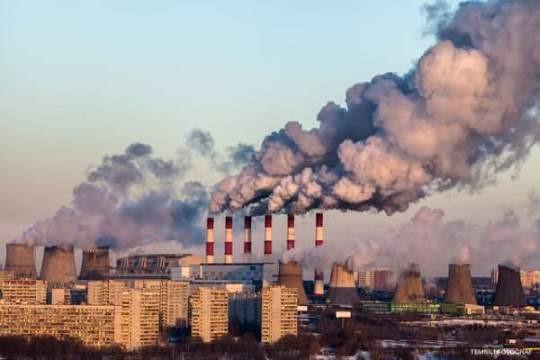Kategori : ELECTRICITY ENERGY NEWS, ENERGY AGENDA NEWS, COAL NEWS - Tarih : 29 September 2021
There is no place for coal in a climate-safe world. Coal is the world’s largest source of anthropogenic carbon dioxide (CO2) emissions and is responsible for 0.3°C of global heating to date. Phasing out coal-fired power plants is the single biggest step we can take to keep global heating below the 1.5°C threshold.
Accounting for two-thirds of global primary energy use, cities are at the forefront of the global energy transition. They are also significantly impacted by air pollution from coal. Of the current global coal fleet, 68% is located within 500 km of at least one C40 city, contributing to premature deaths and  lifelong health conditions.
lifelong health conditions.
This report provides compelling evidence of the adverse impact of coal-fired electricity generation on our planet, health, jobs and the economy. Here are the main takeaways:
– Coal is deadly for cities. Due to air pollution from coal-fired power plants, an estimated 264,900 people could die prematurely between 2020 and 2030 in 61 C40 cities.1 Read the Annexes & Methodology document for a detailed technical explanation of the report’s numbers.
– Coal affects all aspects of C40 residents’ health, contributing to 121,100 preterm births, 93,600 new asthma cases among children and 247,900 asthma emergency visits in the same cities from 2020 to 2030.
– The economic costs of this health burden are significant. These premature deaths from coal power could cost the 61 cities US $877 billion from 2020 to 2030, with the cost of work absences from health issues estimated at US $10 billion.
– It does not have to be this way. Renewable energy is already cheaper than operating coal in half of the countries modelled, and costs continue to decrease. Cities can deliver a green, just and prosperous future by rapidly phasing out coal and replacing it with renewable, zero-carbon technologies.
The report provides best practice examples of how C40 cities are taking both direct and indirect action to accelerate the shift away from coal. These actions include:
– Rapidly phasing out coal through bans, emissions regulations, shareholder action and other tools. Read our guide on Coal: How your city can leave it behind for more tips on how to do this.
– Shifting demand from coal to clean energy, including by transitioning municipal energy procurement to sustainable energy, aggregating energy demand to broker better deals, and participating in energy regulation processes at other levels of government.
– Reducing demand by boosting energy efficiency, to reduce coal needs now and limit the scale of investments required for the transition to clean energy.
– Accelerating renewable energy generation by using city assets for clean energy projects, assessing local potential for renewables, incentivising renewables in private buildings, and exploring supportive municipal policies like local feed-in tariffs.
– Ensuring a just transition, which includes engaging communities and stakeholders, investing in retraining, developing a plan to diversify industry, and converting old fossil fuel infrastructure to renewable energy.





